What is Worm Composting, or Vermicomposting?
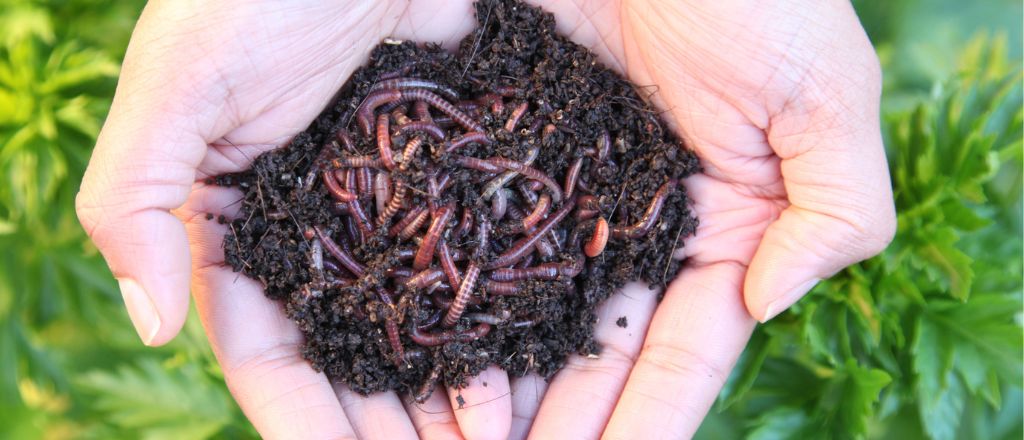
Worm composting, often known as vermicomposting, is an environmentally friendly method of recycling organic waste. We use worms and microorganisms to decompose materials like food scraps into a nutrient-rich soil amendment called worm compost.
This process takes place in specially designed bins that provide both ventilation and control moisture levels.
The heroes of this eco-friendly technique are the redworms or tiger worms. These creatures munch on organic matter within a worm bin, breaking it down rapidly into high-quality compost surprisingly devoid of unpleasant odor.
This natural byproduct is not only beneficial for enrichening garden soils but can also save us money by limiting dependence on store-bought fertilizers.
Table of Contents
Worm Composting Basics
Compost worms like the Red Wiggler are a fundamental part of any successful worm composting system. These little creatures diligently consume organic matter all day, turning it into nutrient-rich worm castings, often referred to as black gold.
This potent vermicast serves as an excellent soil amendment for your garden, packed full of beneficial microbes and nutrients.
Creating the ideal environment for our wriggly friends is crucial in a worm bin setup. Firstly, bedding composed of shredded paper or dried leaves provides a comfortable space for them to live and breed in.
Secondly, food scraps such as fruit peels and coffee grounds serve as their primary diet but avoid adding citrus fruits or pungent onions which they dislike. Lastly remember to maintain moisture levels within the bin – not too dry nor too wet but just damp enough akin to a well-wrung sponge for perfect living conditions.
Compost with Worms: What do you Need to Get Started?
Setting up a worm composting system can be quite simple.
Worm Bin or Compost Bin
Check out this article for a comprehensive guide creating your very own homemade worm bin!
– The Worm Addict
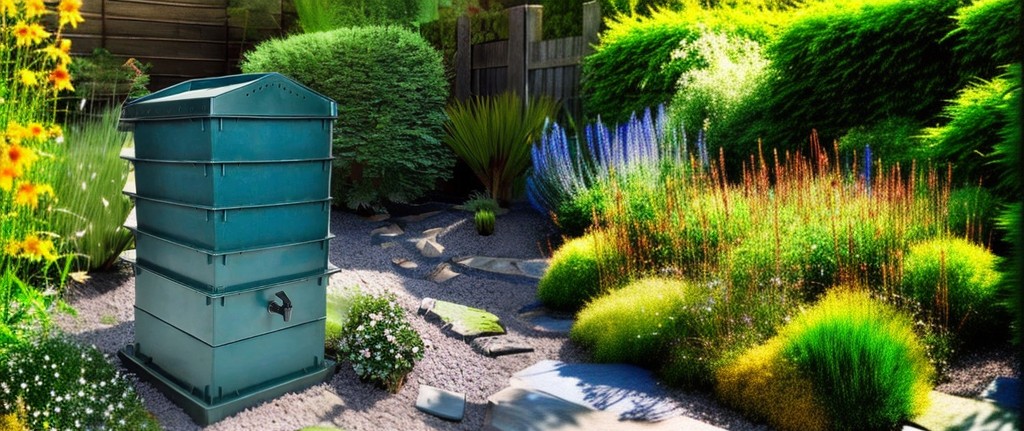
Another option is to buy a worm tower! This is what I started out with, and still use it to this day.
Bedding
Next on our list is bedding material, such as shredded newspaper, cardboard, coco-coir or leaves. It provides an environment where worms can thrive and reproduce while they break down organic waste into compost. The worm bedding helps maintain moisture levels too…talking of which.
Moisture
Moisture in the bedding should be maintained at around 70-80% – it needs to feel like a wrung-out sponge. Worms are resilient and can survive in a range of climate conditions. But if they are in an environment where they aren’t happy, the worms will migrate out the side of the bin.
To avoid too much moisture building up, make sure there are small holes in the bottom of your worm bin to let out any excess water, and make sure to keep a cover over the top of the bin if you have it outdoors.
Compost Worms Used for Vermicomposting
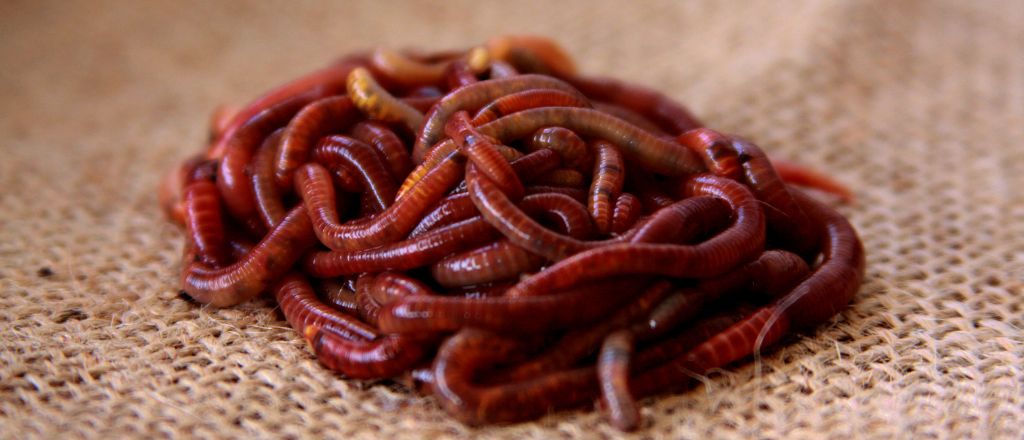
The final key ingredient we need are the composting worms themselves. The best type of worms for composting are red wigglers, red worms or Eisenia fetida due to their voracious appetite and excellent adaptation to life inside bins. Once they are settled in and happy, your worm population can double every 60 days! It won’t be long before you notice new worms appearing from their tiny eggs. Your worms will self regulate so you will never have too many worms.
Feed Your Worms
After setting up your bin and introducing your new friends into their home, start feeding them food scraps like vegetable scraps, coffee grounds, and ground-up eggshells gradually so they get acclimated to the new food source without being overwhelmed. Wait until the the majority of the worm food is no longer recognisable before adding more. You will soon get an idea of how often and amount of food to feed your worms. Red wiggler worms will eat half their body weight in food a day which means one pound of worms can eat up to 15 pounds of food a month!
You don’t need to add new bedding each time you feed the worms.
If you notice fruit flies on top of your compost pile or in your storage bin, cover over any exposed organic material with fresh bedding.
Once you have everything set-up correctly, worm composting becomes fun, rewarding and dare I say it, addictive! I doubt you will stop at your first bin, and will soon need more food sources to feed your army of vermicomposters!
How to Use Finished Worm Compost or Worm Castings
One way to use your finished vermicompost is to mix it with normal potting soil. Worm compost is a nutrient-rich amendment that can greatly benefit plant growth. By incorporating the finished compost into the existing soil, the plants will receive a boost of beneficial microorganisms and essential nutrients.
Another option is to make compost tea with the worm castings. This involves steeping a bag of the castings in water for a period of time, creating a nutrient-rich liquid that can be used as a natural fertilizer.
The compost can also be added to the surface of a garden bed. This allows the nutrients to slowly release into the soil as the compost breaks down over time. Overall, utilizing finished worm compost is a sustainable and effective way to improve soil fertility and promote healthy plant growth.
We will talk about harvesting worm compost various ways in future article.
Conclusion
I hope this article has answered the question of “What is Worm Composting?”. Worm composting presents an eco-friendly solution to organic waste management. Its simplicity and affordability make it a practical choice for households seeking sustainable living practices. Once your worm bins are established it is pretty easy to keep worms happy and healthy.
With just minimal maintenance, we can be part of this green movement transforming food scraps into nutrient-rich compost!
FAQs
1. What is worm composting?
Worm composting, also known as vermicomposting, is a method of using worms to break down organic waste into nutrient-rich compost.
2. How does worm composting work?
Worms eat the organic waste material and then excrete it as nutrient-rich castings or vermicompost, which can be used to fertilize plants and improve soil health.
3. What are the benefits of worm composting?
Worm composting helps reduce food and yard waste that goes to landfill, improves soil fertility, increases microbial activity in the soil, and reduces the need for chemical fertilizers. It also produces some of the best compost available!
4. Can I do worm composting at home?
Yes, absolutely! It’s an eco-friendly way to recycle organic waste, and doesn’t require a lot of space or resources to do it.
5. What do worms eat?
Worms thrive on a diverse diet that includes fruit and vegetable scraps, coffee grounds and filters, tea bags, bread, grains, crushed eggshells, and even small amounts of plain paper and cardboard. While they can handle a broad range of organic material, it’s essential to avoid feeding them meat, dairy, oily foods, spicy peppers, citrus fruits in large quantities, and anything processed or containing preservatives, as these can harm the worms or produce an unfavorable compost.
6. How do I use the Finished Compost?
Vermicompost, or worm castings are very rich in nutrients. A little goes a long way! Mix it with some potting soil and use it as you would normally. Alternatively make a compost tea that works as a great liquid fertilizer.
7. Is it Difficult to Keep Worms for Composting?
While it can be a bit challenging to establish a new worm farm, but once your worms have settled in, they are very easy to look after and quite resilient!
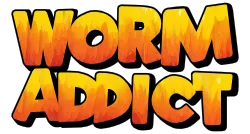
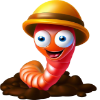
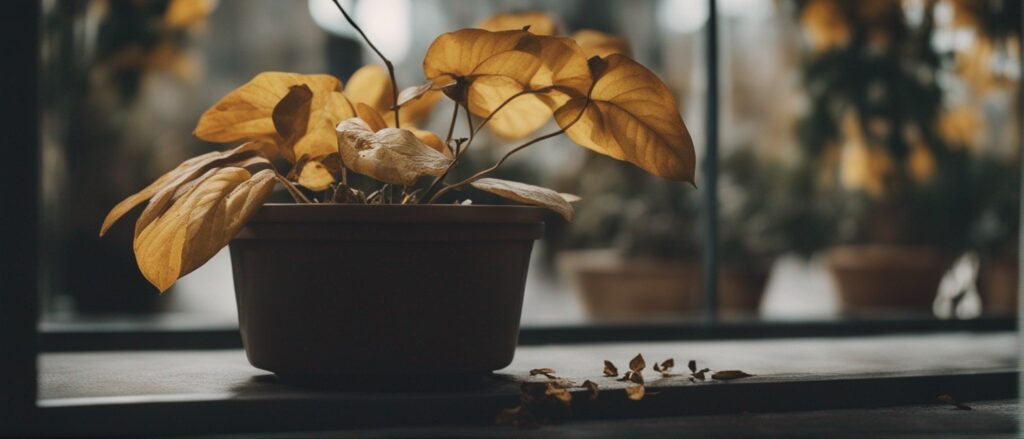
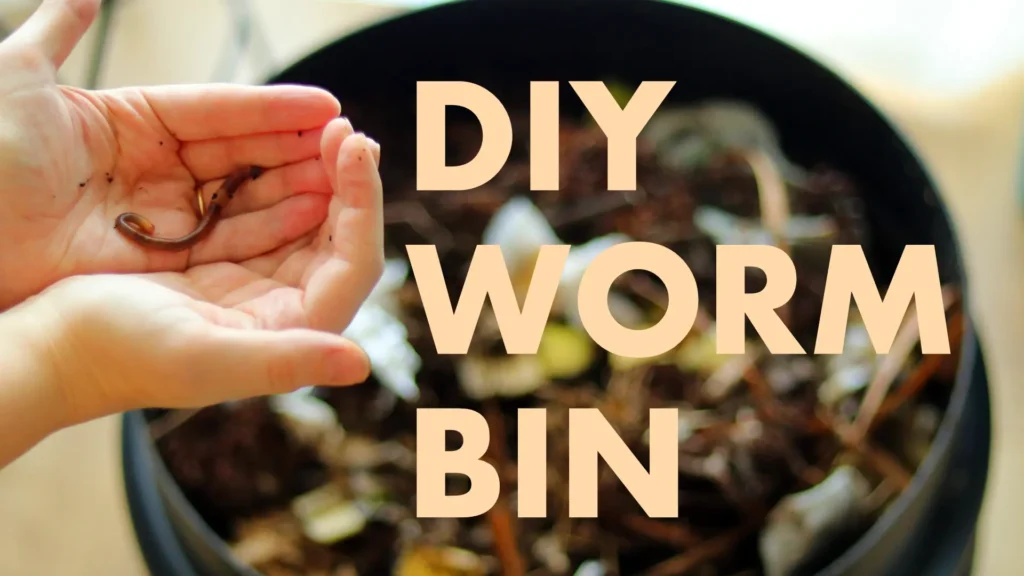
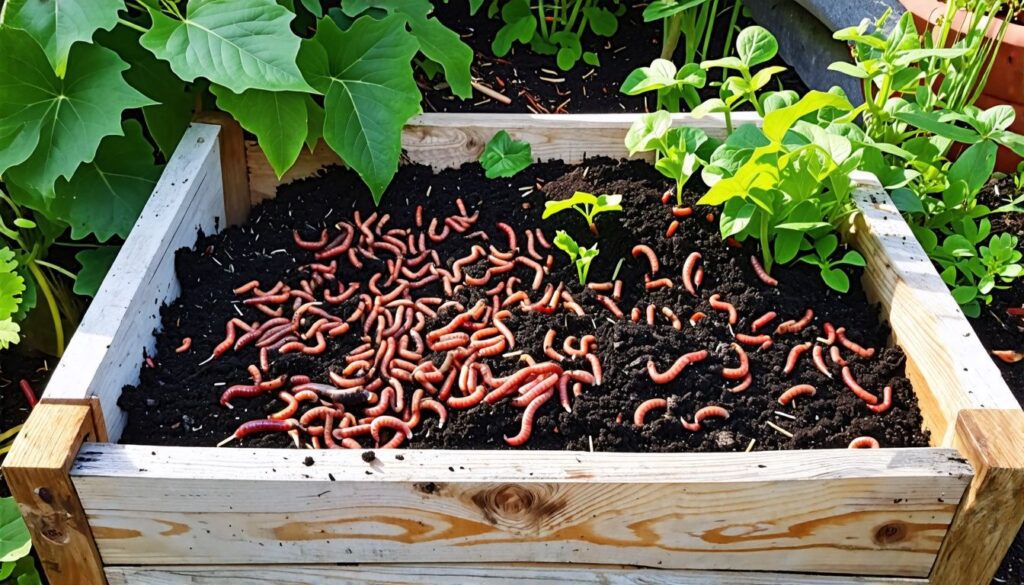
Pingback: Vermicompost vs Chemical Fertilizer. Which is best?
Pingback: Can Vermicompost Burn Plants?
Pingback: A Comprehensive Guide to a Homemade Worm Bin